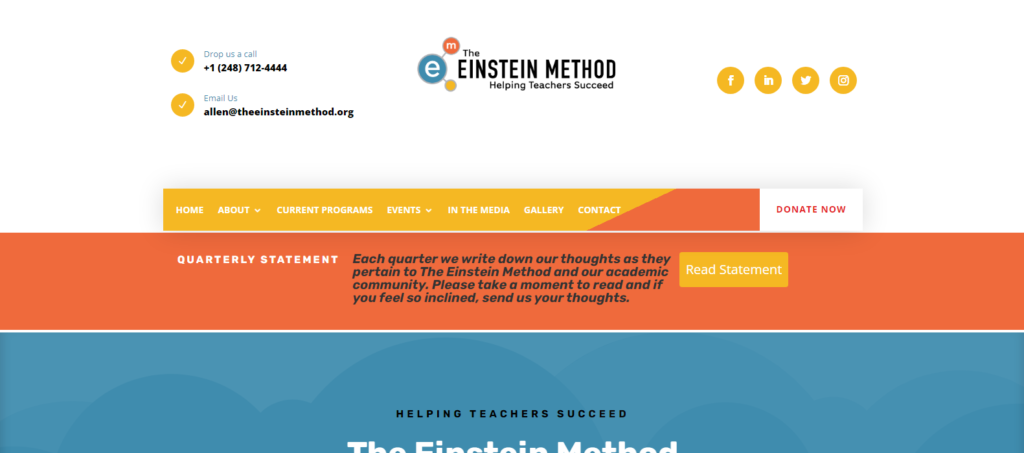Website Terminology Glossary
Information Architecture (IA)
Information architecture refers to the process of organizing, structuring, and labeling content in a way that makes it easy to find, navigate, and understand. It is a key aspect of web design and user experience (UX) design, and involves creating a logical and intuitive structure for digital content such as websites, applications, and online systems.
Here are some advantages of good information architecture:
Improved usability
Good information architecture can improve the usability of websites and applications by making it easier for users to find the content they are looking for. By organizing content in a logical and intuitive way, users can quickly and easily navigate to the information they need.
Better user experience
A well-designed information architecture can also contribute to a better overall user experience by reducing frustration and improving engagement. When users can easily find what they need, they are more likely to stay on a website or application and engage with its content.
Increased efficiency
Good information architecture can also help streamline business processes by making it easier to access and manage information. This can result in increased productivity and efficiency, as well as reduced errors and mistakes.
Improved search engine optimization (SEO)
A well-structured information architecture can also improve search engine rankings by making it easier for search engines to crawl and index content. This can result in better visibility and higher traffic for websites and applications.
Good information architecture is an essential component of effective web design and UX design, and can contribute to improved usability, user experience, efficiency, and search engine optimization.
Need Help With IA ?



































